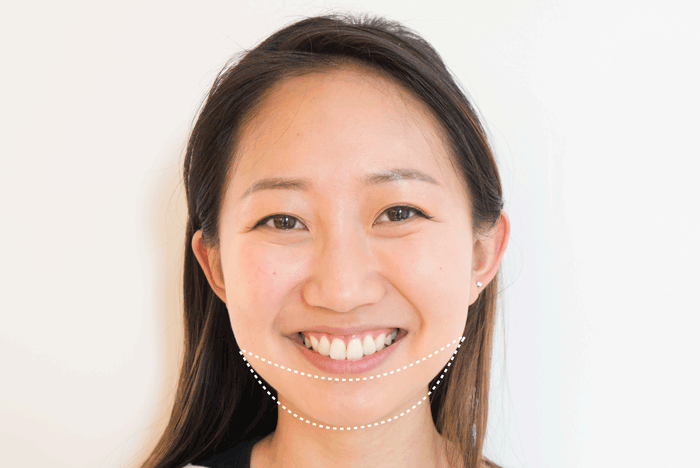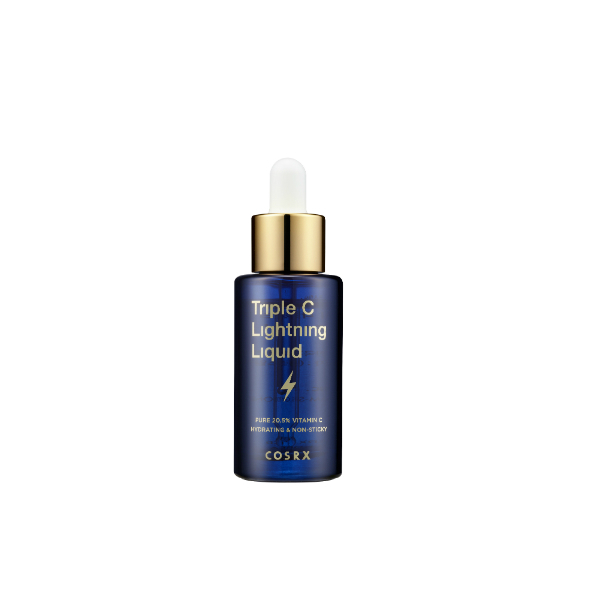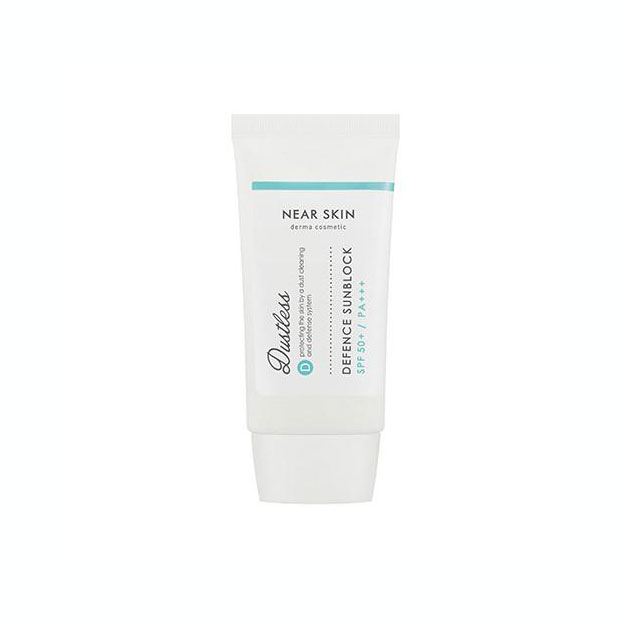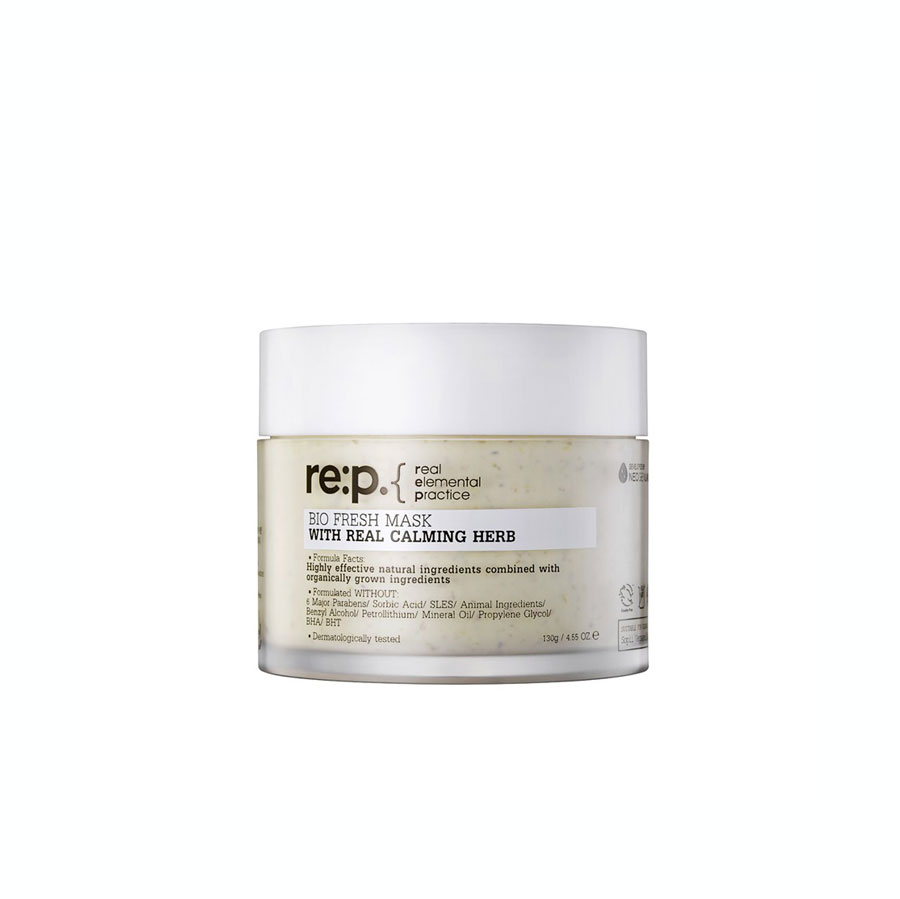Does face mapping for acne really help diagnose the kind of acne you have and how to prevent and treat it? Read on to see how your skin can clue you in to what it needs and how to fix it.
No matter how consistent or diligent you are with your skin care routine, breakouts can still be an annoying part of life. What we put on our skin and how we treat it can make a huge difference in the severity of a breakout and how quickly it heals, but our environment, our health, our diet, and our daily stresses can all factor into how and where a pimple wreaks havoc on our face.
Maybe you’ve noticed that at the same time every month, you get zits along your jawline? Well, the ancient art of facial mapping, used in both Ayurvedic and ancient Chinese medical practices, might have a thing or two to say about that. With face mapping, there is a belief that certain sections of your face are connected to areas of your body, and that if you’re suffering an ailment in that region, it will show on the connected zone of your face.
While this approach is more on the side of holistic belief than science, investigating your breakouts and researching the areas they may be connected to can give you a better picture of your overall health and help you make more informed choices on how you eat or handle stress. So let’s have a look at what face mapping has to say about certain breakouts, shall we?
Cheeks = Poor Respiratory System

Clogged and enlarged pores, bumpy, red skin, and an overall congested appearance? If this describes the look of your cheeks, chances are you live in a polluted city. In face mapping, the belief is that our cheeks are connected to our respiratory system, so breathing in polluted air day after day results in dull, irritated and rough-looking cheeks. That’s why it’s important to protect your skin from the outside elements with a double whammy of antioxidants and protective sunscreen.
Ascorbic acid, or vitamin C, is a favorite of ours for battling environmental pollutants and free radicals and protecting skin from premature ageing. Try the CosRX Triple C Lightning Liquid for a healthy dose. Sunscreen is also a major factor in protecting your skin from pollution. We love the Missha Near Skin Dustless Defense Sun Block 50+/PA+++, which helps create a special barrier on the skin to keep out fine dust particles and other environmental irritants. And of course, the best way to keep skin clear and free of congestion is by thoroughly cleansing with the double-cleansing method every night!
On top of protective skin care measures, try to make the air in your home space better for your respiratory system by adding air-cleaning plants to the rooms or a diffuser packed with antimicrobial essential oils like eucalyptus, lemon, tea tree or peppermint. Not only will these help to purify the air around you and make your home smell and feel fresher, they’ll also give your mood a happy boost, too.
Forehead = Poor Digestive System

Face mapping links the forehead to the digestive system, which is why breakouts here are said to be attributed not only to what you eat, but how your body processes it. A sluggish digestive system means your body isn’t eliminating waste fast enough and so breakouts might be sticking around longer than you’d like. Make sure you’re eating a well-balanced, plant-rich diet with plenty of fiber and super-foods to ensure your digestive system is working to its full potential.
Chin and Jaw = Hormones

Hello chin acne, hello hormones! Chances are you notice breakouts here usually around that time of the month, when hormones flood your body and make you feel tired, irritable and achy. According to dermatologist Annie Chiu, “stress has been shown to worsen acne, probably as a result of increased cortisol and oil production, and the breakouts are usually throughout the face. It is hormonal acne that typically presents as a U-shaped pattern along the chin and jawline.” The best way to combat hormonal breakouts is to make sure you’re drinking plenty of water in the days leading up to your period, and consider taking Evening Primose Oil capsules around this time as well. EPO is a natural hormone regulator that will help balance your physical symptoms and keep telltale breakouts at bay.
Stress can also aggravate our hormonal systems and bring on painful breakouts along the jawline. If you notice that your skin suffers when life gets hectic, try treating your skin with a soothing mask like RE:P Fresh Mask With Real Calming Herb while thinking about ways to look after your inner life. Meditate, journal, go for a walk, or try some yoga. All of these things will help ease your stress and in turn, calm your outward appearance as well.
Bottom line:
While face mapping may have its beliefs rooted in the spiritual over the scientific, there’s no harm in getting to know your skin better and tracking where and when your breakouts occur. By monitoring your skin and how it reacts to your environment, stress, or that time of the month, you’ll be better prepared to nip breakouts in the bud before they can cause damage or scarring.
Try keeping a “breakout diary” for a few months, noting when your pimples pop up along with any particular stresses, illnesses, or junk food cheat days to see how they correlate to your complexion.
And of course, for consistent acne that won’t let up, visiting a dermatologist could be your best course of action. As Chiu says, “it is hard to pinpoint a single ‘underlying cause’ for most people, but a dermatologist can guide you on whether your acne is hormonal. Treatments for acne can be effective even with different root causes, but understanding your own triggers can help control acne as well.”
By paying attention to all of these factors, you’ll get a better idea of how to manage acne because you’ll be better informed on what exactly is causing (or worsening) it.





